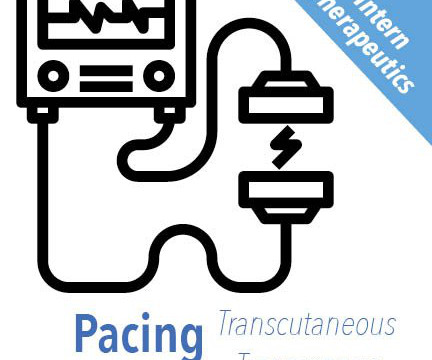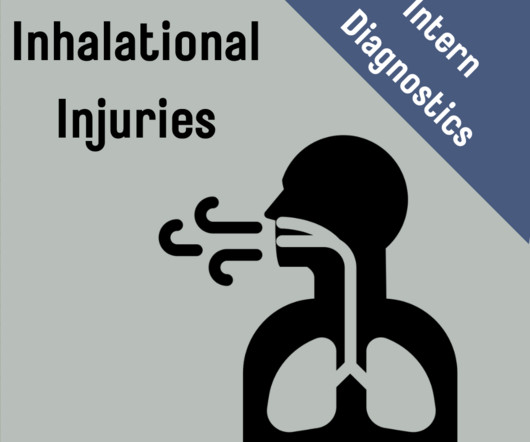emDOCs Podcast – Episode 103: Thermal Burn Injury
EMDocs
JUNE 25, 2024
Today on the emDOCs cast with Brit Long, MD ( @long_brit) , we cover the evaluation and management of the patient with a burn injury. Episode 103: Thermal Burn Injury Initial evaluation of thermal burns Range of burn severities and types: minor sunburns to full thickness burns and severe inhalation injury.




















Let's personalize your content